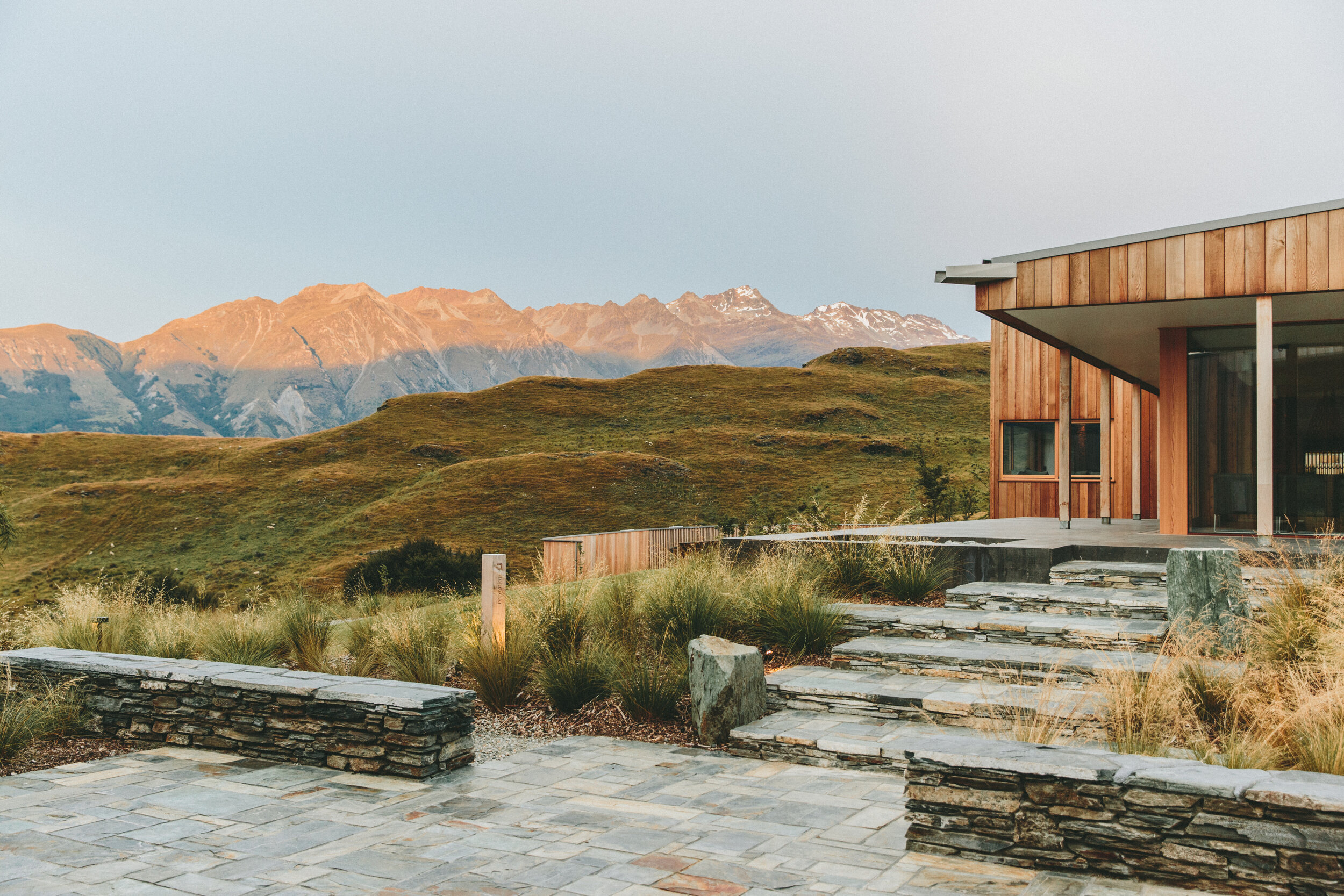
Precast Concrete is the path to sustainable construction.
Precast is a modern solution to modern construction and sustainablility goals. It’s durability and resliency help it stand out against other construction materials and give its structures that ability to stand a life time even againt extreme weather.
Keep reading to learn the story behind precast and its evolution into one of the most sustainable construction materials in modern history.
The Environmental Problem the Construction Industry is Facing
All of this highlights the reason why the construction industry is seeking more sustainable, durable materials to build infrastructure like buildings, bridges, and highways. That is where precast takes the stage.
Offsite Production
Unlike tradtional cast in place concrete, precast concrete is manufactured off-site in quality controlled facilities. This allows for better resource management and reduced waste before the precast even reaches the jobsite
Precast Life Cycle
Life cycle assessments view how a product or process will affect the environment at each stage of its life cycle. Due to its push for sustainability, precast is more environmentally friendly than traditional concrete. It provides improved energy efficiency, thermal insulation, and reduced carbon footprint.
What Makes Precast Concrete Different?
Material Recycling
One argument against precast is that it uses a lot of resources. However, precast is unique in its ability to be able to be recycled. Concrete buildings that are demolished to build new ones can be send to precast facilities to be reused in new precast concrete components, reducing its impact on the environment and giving new life to otherwise wasted resources.
Sustainablity by Design:
Precast in Practice
Design Flexibility and Sustainable Architecture
Precast provides an incredible variety of options making it the perfect compliment to sustainable architecture. It can be made into any form, any color, and can even match existing traditional materials.

